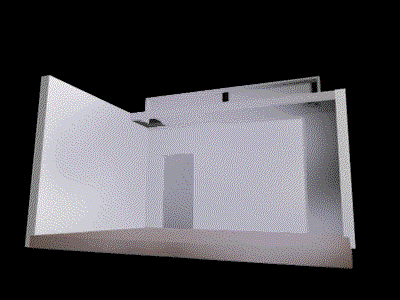|
Simulated
Indoor Air Oxidation Device

 Air
before oxidation
Air
before oxidation  Purified air after oxidation
Purified air after oxidation
|
| |
Problem
Many facilities
generate fumes and gases that exceed OSHA, EPA or FDA requirements.
Outside air intakes can also draw in problem contaminants ( i.e.
carbon monoxide from delivery vehicles, aircraft exhaust near airports,
helicopters exhaust in hospitals and other commercial buildings
to name a few). General odor problems can also be a problem although
not toxic, certainly annoying and/or costly if it affects your business's
products service or employee productivity.
Cause
Air handling
systems for commercial buildings are required to bring in "fresh
air" to dilute indoor air pollution. However, the air that is brought
in is not adequate to dilute the building VOC's and odors. Often
the outside air is more polluted and adds to the problem rather
than helping the problem. Most buildings have filtration, but in
most cases the filters are for particulate removal and cannot remove
fumes, gases or odors. The rare buildings that have filters for
removal of fumes, gases and odors may experience these problems
because they may be undersized or are not changed often enough to
perform correctly.
Solution
These
gases are organic carbon based compounds. These compounds can easily
be broken down by means of oxidation. Oxidizing these compounds
will reduce their toxicity and annoying odor. Most products do not
remove the problem, rather they try to cover it up or trap it in
some filter that will only work when clean. See TriMed's product
guide to see this environmentally safe system work for you.
|

